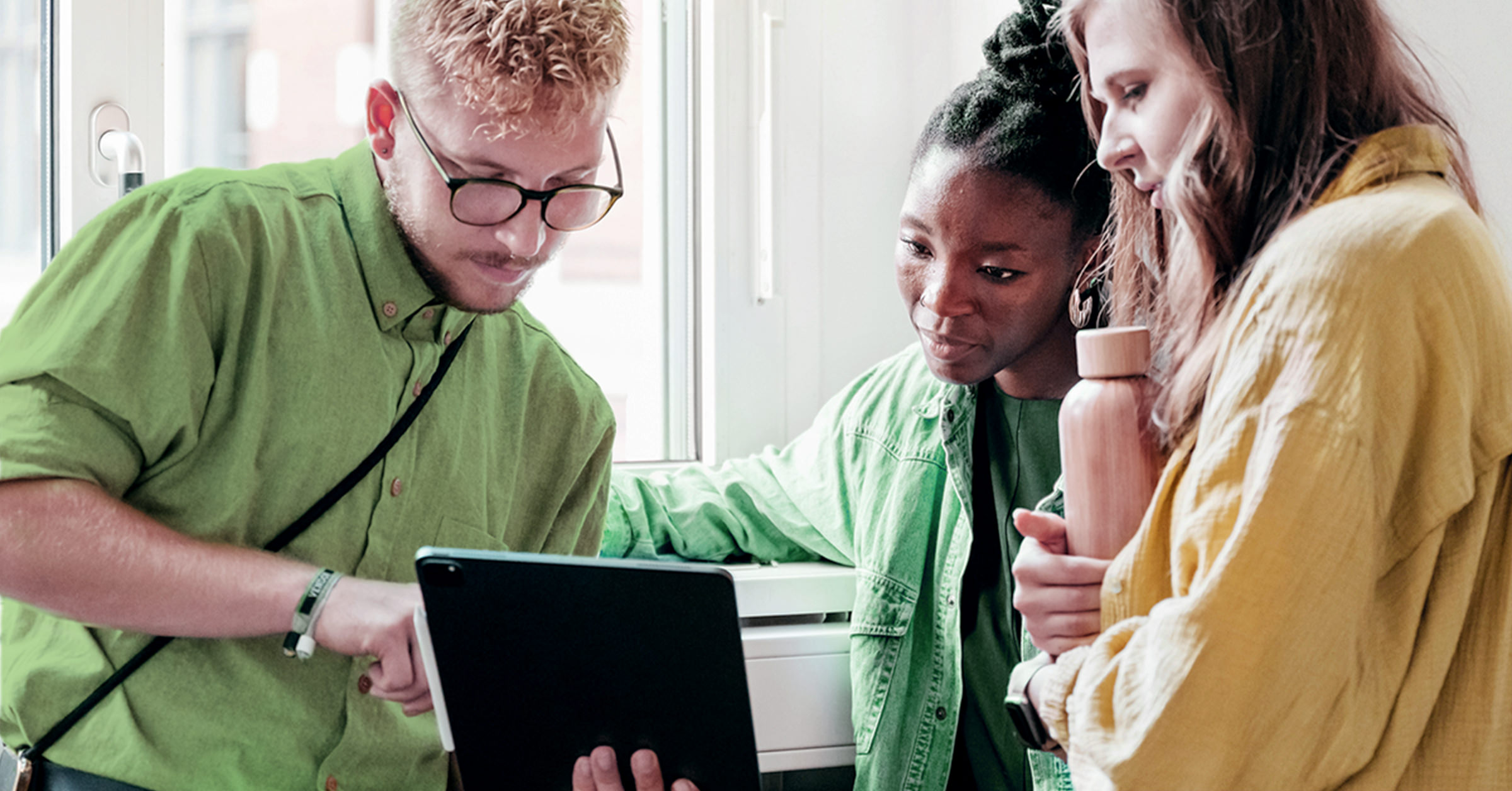
The Impact of AI in Our Classrooms
In our last blog post, Teaching in the AI-Powered Future, we explored a myriad of ways in which Artificial Intelligence systems (AIs) can be used to enhance student success both in and out of the classroom.
Here, we will focus on how both students and instructors are using AI to improve classroom learning experiences. From serving as an assistive technology for learners and instructors to assisting faculty with rote classroom work, it's important to realize that AI is not a replacement for the faculty member, but it can be a useful tool if used and cited properly.
AI-Powered Personalized Support
AI systems can serve as an assistive technology to neurodiverse learners. Maggie Melo describes ways in which the Chat GPT AI chatbot can be used to help learners with attention deficit hyperactivity disorder (ADHD) to focus (2023). For many with ADHD, just aligning and getting started on their work can be a challenge. ChatGPT, which allows the writer to refine and support AI-generated arguments, may make it easier to get started. AI can assist a writer in getting those initial ideas onto the page in a format that can be revised and refined. This can help the writer concentrate on the task at hand as well as receive instant feedback while editing. Melo's strategy is applicable to her professorial duties, but it could also be applied to student work.
Automatic translation programs such as Google Translate or the MS Word translation feature utilize AI to help users quickly translate content. While these programs have significantly improved in the last 10 years, they still have limitations. The AI translation tool may translate the content but there still could be the need to “clean up” the content, such as correcting a phrase, choosing a more appropriate word, and making the translated text flow in a more natural way.
Improving Learning Experiences
In recognition of the usefulness of these strategies, some professors have been including citation instructions for the use of AI in class assignments. The University of Delaware has developed four syllabus policies to support various approaches to the use of AI tools in the classroom, ranging from prohibition to encouragement of the use as a tool and proper citation.
AI has also been used by teachers to improve classroom activities. Some teachers have used artificial intelligence to generate multiple-choice questions and potential responses. Indeed, instructional designer Luke Hobson has produced several uses for the AI tool ChatGPT to automate some of the rote work associated with teaching, instruction, and instructional design (2023). Some of the tasks he highlights are creating outlines, writing outcomes, providing letters of recommendation, outlining lesson plans, and designing learning activities. What all these uses have in common is that they are simple, easily templated, rote work. As with other use cases, AI output provides a good place to start, but given its limitations teachers should consider these drafts and act as “editors” of the output.
As many recent experimenters with ChatGPT have demonstrated, we should never take the AI-generated content at face value. Sometimes ChatGPT's references and citations are incorrect or even false.
If we use AI as a starting point and not as an end point, AI technologies can assist instructors and learners with getting started, which is both important and challenging. Artificial intelligence will not be viewed as a substitute for thinking or writing, but as an assistive tool.
References:
Can artificial intelligence be used to cheat on schoolwork? Marshall University professor answers. (2023, February 16). WSAZ News. Retrieved March 8, 2023, from https://www.wsaz.com/2023/02/16/can-artificial-intelligence-be-used-cheat-schoolwork-marshall-university-professor-answers/ .
Gardner, B. (2023, January 6). When I became a professor, I never thought I would spending the better part of the week before classes start…. [Status update]. Facebook. https://www.facebook.com/oncee.
Hobson, L. [@DrLukeHobson]. (2023, February 23). 15 ways to use ChatGPT. Streaming Service. https://www.youtube.com/watch?v=ivO-t7hB7RU
Hobson, L. (2023, March 1). 15 ways to use ChatGPT. LinkedIn. https://www.linkedin.com/feed/update/urn:li:groupPost:110953-7035249086718992385/.
Lamott, A. (1995). Bird by bird: Some Instructions on Writing and Life. Knopf Doubleday Publishing Group.
Melo, M. (2023, March 1). ChatGPT as Assistive Technology. Inside Higher Ed. https://www.insidehighered.com/views/2023/03/01/chatgpt-can-help-students-and-faculty-adhd-opinion
